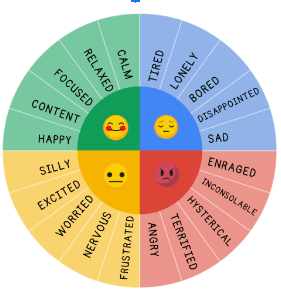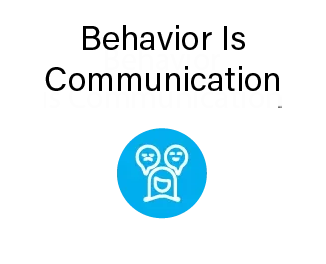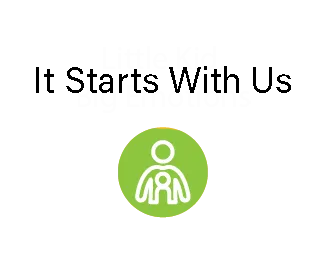
All Emotions Are Okay!
Childhood is filled with big emotions!
Being able to understand and express your own feelings and how to effectively respond to them is emotional intelligence. Children's brains are not fully developed and therefore communicating emotions is difficult. It is important to note that the human brain is not fully matured until their mid 20s, therefore our expectations of our children’s developmental capabilities needs to shift.
Each part of the brain has a specific and important role. There are three primary sections of the brain that are directly responsible for controlling emotions and behaviors. These include the brainstem, limbic system, and prefrontal cortex.
While it may be uncomfortable to watch our children go through ‘difficult’ feelings like sadness, anger, anxiety, or loneliness, it’s important to resist the urge to try to fix, distract, or make our children's feelings go away.

How To Help Your Child Learn To Express Emotions
To help support your child’s emotional intelligence, we need to move away from “dismissing and denying” our child’s feelings, to identifying and naming emotions for the child to feel understood and validated (Siegel and Bryson, 2012). Sometimes parents avoid discussing emotions with the thought that doing so will only reinforce the difficult feelings. However, discussing emotions helps normalize, identify, and learn how to respond to them when they happen again (which they will!).
Dr. Daniel Siegel, author of The Whole Brain Child, developed a strategy called “Name It to Tame It” to help caregivers navigate big emotions. The idea is to support, model, and teach your child about emotions. Naming the emotion and putting a label on what your child is feeling has a “taming” effect, as your child can share their experience and feel heard and understood. This helps a child make sense of and feel more in control of the situation.
Once the concepts about emotions have been introduced, parents can continue to grow emotional knowledge by:
- Expressing and labeling your feelings.
- Identifying feelings in others around them, and stories, movies, or television shows.
- Helping your child name their own emotions.
Reading books about feelings can help children learn how to identify emotions, what an emotion might feel like in their body, and that all feelings are okay. It gives children opportunities to see emotions from the facial and body language of characters in stories and learn how those characters manage their emotions. This process can help children begin to recognize these emotions in themselves.
Resources:
Emotional Intelligence Creates Loving, Supportive Parenting
Talking with preschoolers about emotions
8 Mindfulness Apps for Kids
The Whole Brain Child
Dr. Dan Siegal: If you can name it, you can tame it
Name it to Tame it: Labeling Emotions to Reduce Stress and Anxiety
Fostering Emotional Literacy
Exploring our Feelings
Identify and Express Feelings
Sesame Street: Feelings and Emotions (Youtube Videos)
Stages of Emotional Development
Why and How to Talk to Kids About Emotions
Apps for Literacy and Learning











